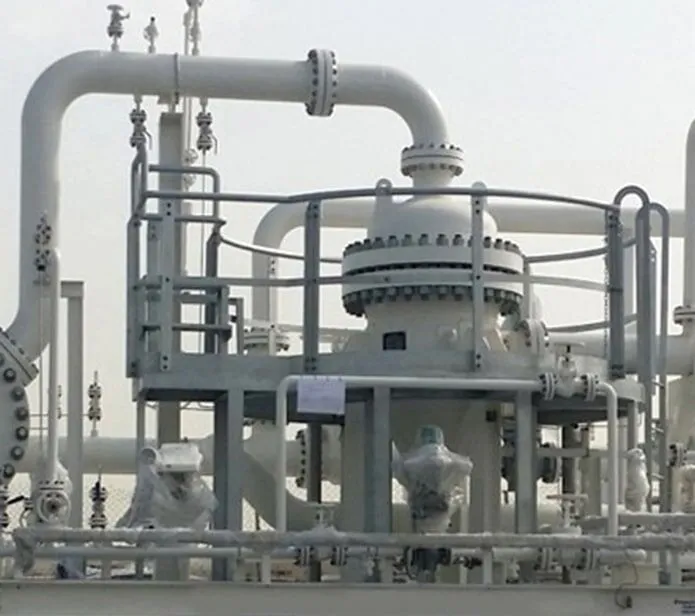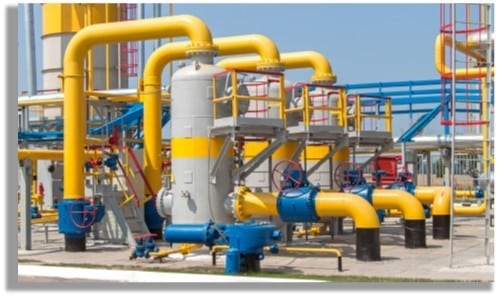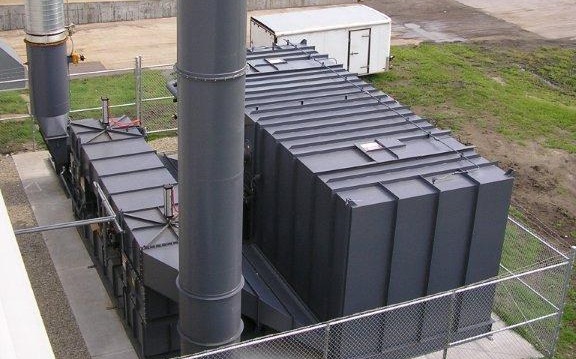One of the main problems that customers have with their cleaner tanks is when they become over-loaded with oils. This creates two issues. The first issue is that the parts that need to be cleaned are not receiving the necessary cleaning. The second issue is the cleaning solution disposal. This can be an awfully expensive and labor-intensive process for the customer – not only to drain the solution out, but to then clean the tank and re-charge with new chemistry.
How can customers deal with this problem? They can cut the volume of the tank and re-charge with new chemistry, they can install skimmers on the top of the tanks, they can use equipment that separates the oil compounds from the liquids, or they even use a hydrophobic absorbent to attract the oil so that it can be removed from the tanks.
What benefits does the customer get from the removal of these oils? There are a few. The first benefit is a longer cleaner bath life. This can extend the life of the bath and at the same time reduce chemical costs associated with dumping and recharging of the bath. The most important benefit is reducing the dirt and grease being transferred down the plating line and potentially destroying the chemistry. This will keep your plating baths free of these contaminants that could damage the chemistry. This results in less chemistry being used and a decrease in costs. Reducing the amount of dirt and grease can also prolong the life of filters down the line, including the filters used in the plating process. This is yet another means with which to reduce costs.
If you are having trouble with oils and grease in your cleaner tanks, please contact us. We would be happy to discuss our V-Series oil removals systems with you.



